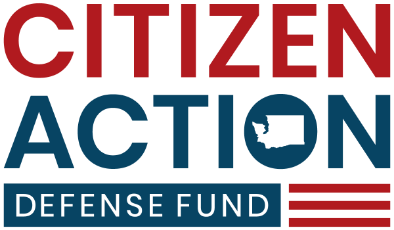
On Tuesday, thousands of public-sector employees staged a walkout to protest for better pay and improved working conditions. This latest wave came as rumors swirled that Boeing workers might soon strike for up to 50 days—a move that would cost the Washington institution upwards of three billion dollars. Yesterday, 96% of its 30,000 unionized employees rejected Boeing’s contract proposal, all but assuring a stoppage. Washington is no stranger to active, vociferous labor movements but this latest spate comes in a period of unparalleled (at least in peacetime) government overspending, offering state officials far less fiscal room to maneuver. Part of the blame rests on many decades of overpromising (and then overdelivering) on pensions and entitlement programs—stretching back several gubernatorial administrations. But another part is of far more recent vintage—specifically, Governor Inslee’s expensive (yet largely unsuccessful) decade-plus “environmental” crusade.
Weeks before the most recent legislative session commenced, Inslee proposed an additional nearly one billion in “climate-action” spending on top of the two billion already budgeted for such efforts. Foregoing this, Inslee’s administration easily could have addressed many if not most of the grievances prompting state workers to walk out on Tuesday. It also does not help that a huge chunk of climate-action dollars come straight out of the pockets of commuters, who pay the price at the pump for Inslee’s oppressive carbon-allowance program (the rates for which for some strange reason are slated to peg to those in California and Quebec). Meanwhile, the state is not even tracking resultant carbon reductions.
It is not a one-to-one correlation, of course. Reduced spending on pie-in-the-sky climate “actions” that really just end up costing consumers would not, inevitably, redound to the pecuniary benefit of state employees. But taking all of Inslee’s decades-plus of pet projects, and a systemic pattern of misspending clearly emerges. And these, in aggregate, have a tremendous fiscal impact—more than enough to greatly narrow the runway state officials have to respond to public-sector work stoppages and other labor disruptions. Lowlights include $143 million to find homes for 126 homeless persons, barriers to protect salmon preserves from traffic, requiring “another 3.5 to four billion dollars to meet its deadline by the end of the decade,” and half a billion (with a b) to make minor renovations to 47 public rest stops. The net result? By 2022, the longtime governor placed last on the Cato Institute’s state-by-state budgetary scorecard, with an ever-more-bloated state government that chronically promises much and delivers little (especially in comparison to the amount of money it throws at real and imagined problems).
Events this week demonstrate that the government’s own employees are suffering as a consequence of Inslee’s misplaced spending sprees. As an aside, it certainly does not help the budgetary process that contract negotiations of this sort are almost always conducted under an air of secrecy that makes it far more difficult for the voting public to determine who to hold accountable at the ballot box.
Alki,
Sam Spiegelman

